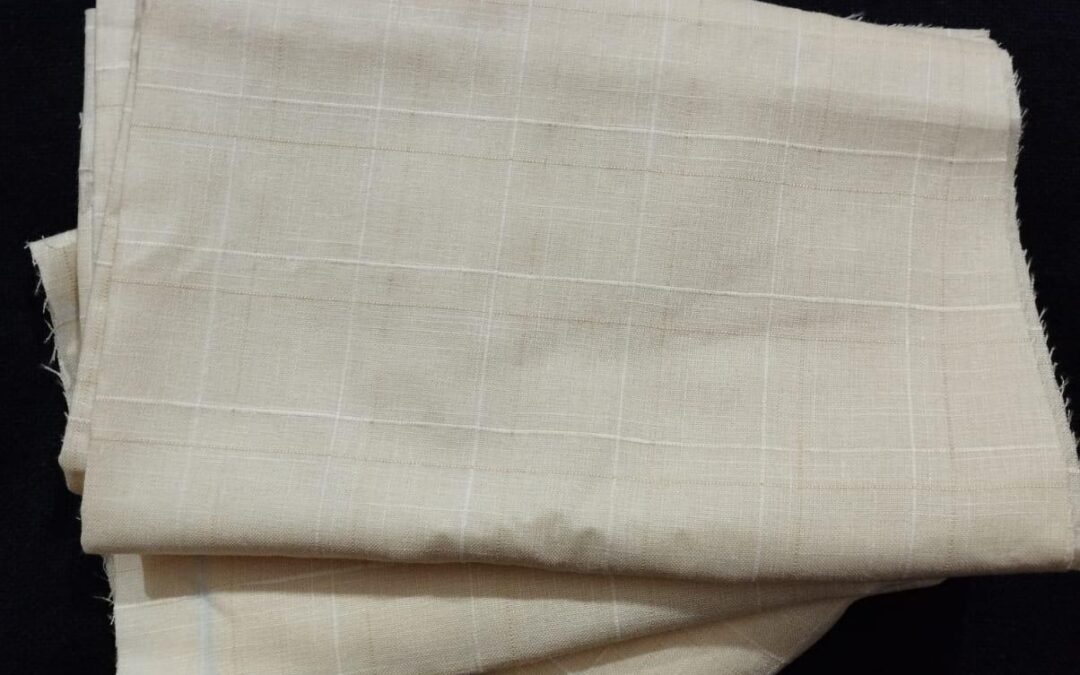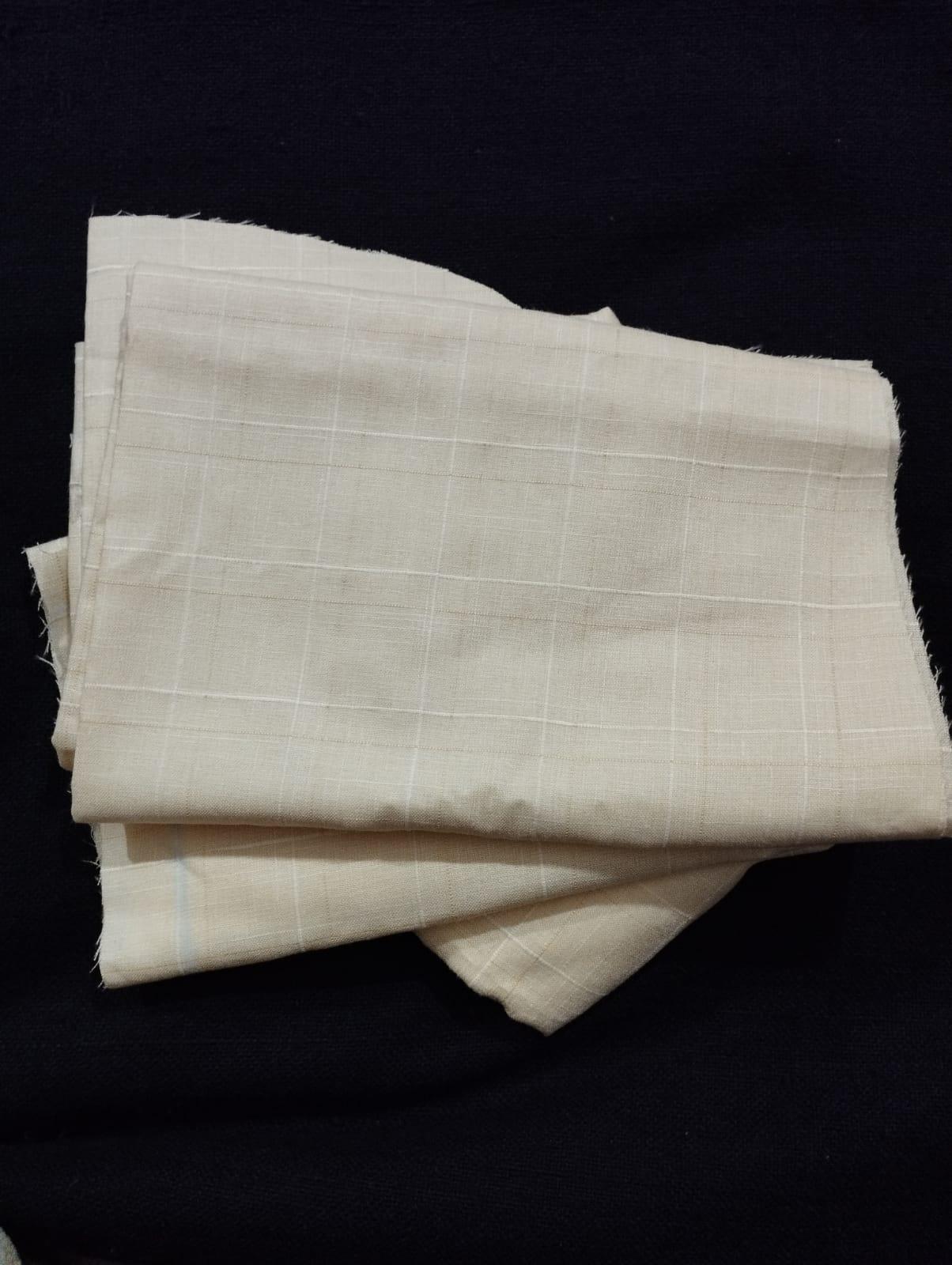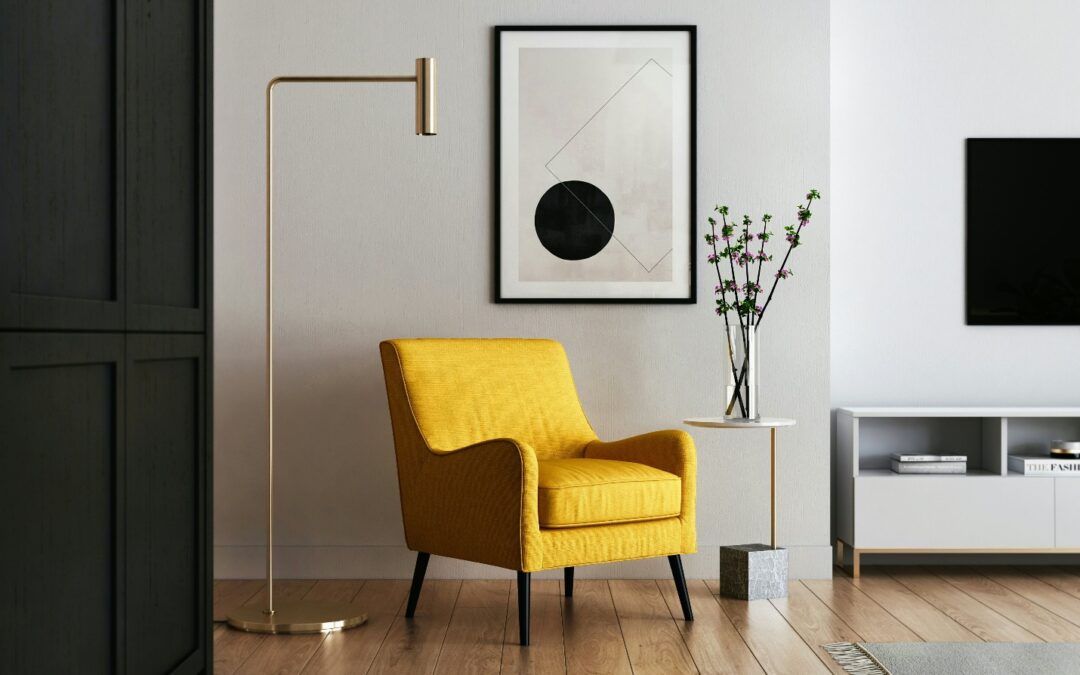
Illuminating Spaces: The Intersection of Fashion and Interior Design
In the dynamic world of design, where creativity meets functionality, fashion often finds itself intricately connected to interior design. Both disciplines share a mutual appreciation for aesthetics, balance, and the power of self-expression. Just as a well-tailored outfit transforms an individual’s appearance, a thoughtfully designed interior elevates the ambiance of a space. Among the key elements that bridge this gap are lighting and textiles, which play vital roles in shaping environments.
The Role of Lighting in Interior Design
Lighting is to interiors what accessories are to fashion—a crucial yet often overlooked detail that makes all the difference. It not only illuminates a room but also creates mood, enhances color palettes, and highlights focal points. Modern lighting brands, such as Eurofase, lead the way in blending sophistication with innovation. Known for their elegant designs and impeccable craftsmanship, Eurofase’s collections are perfect for adding a touch of luxury to residential and commercial spaces alike.
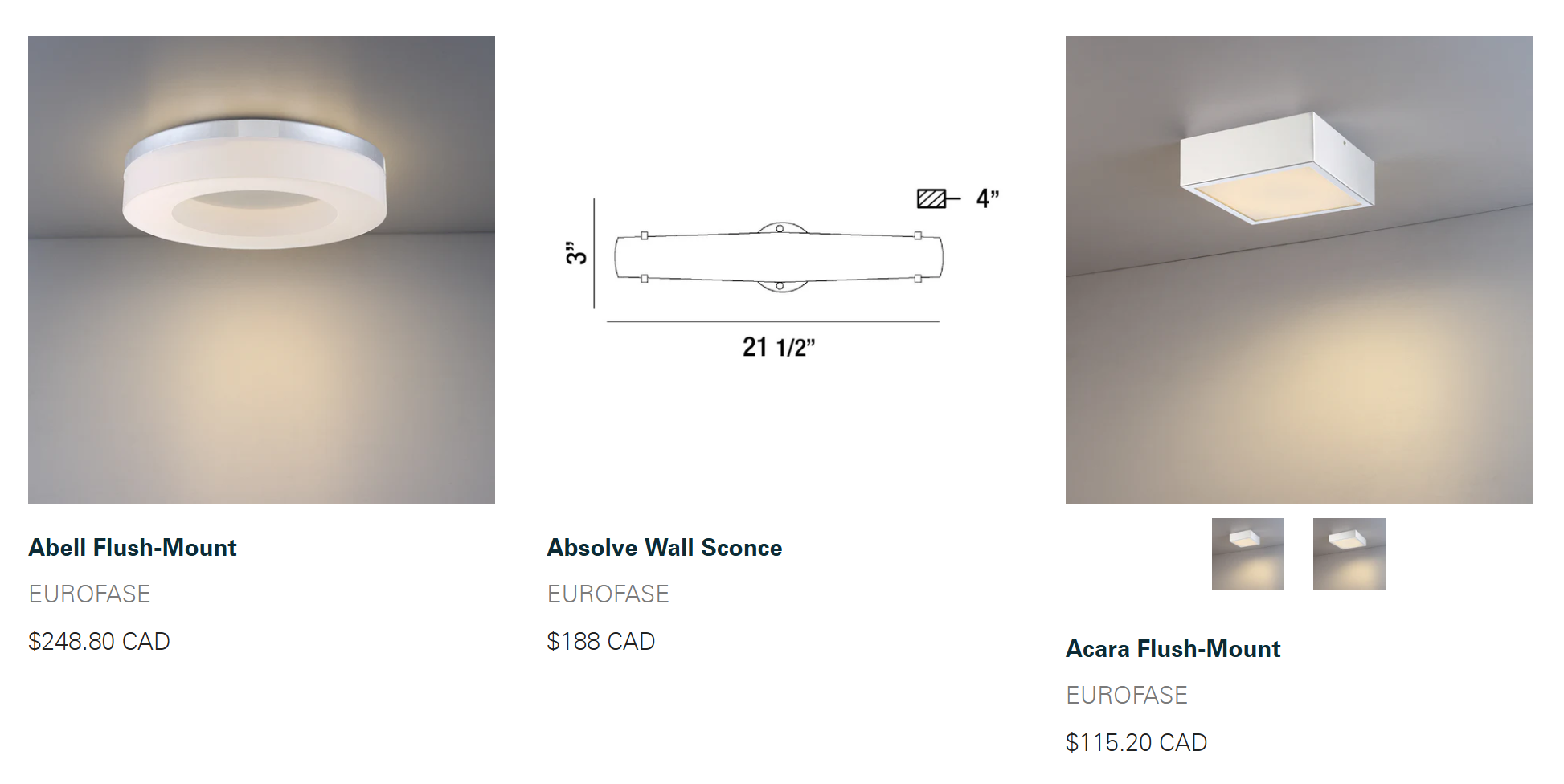
Some lighting collections. Photo courtesy: unionlightiing.com
Whether it’s a statement chandelier above a dining table or sleek recessed lighting in a living room, such pieces act as functional art. Like a designer’s signature piece on a runway, these lights command attention and define the room’s aesthetic.
Textiles: The Fabric of Interior and Fashion Design
Textiles are another intersection where fashion and interiors beautifully converge. Rugs, upholstery, and drapery can either complement or contrast with the space’s lighting, just as fabric choices in clothing can amplify or subdue an outfit’s impact. Brands like Loloi exemplify the art of textile design. Such rugs combine timeless craftsmanship with contemporary trends, creating pieces that are as stylish as they are functional.
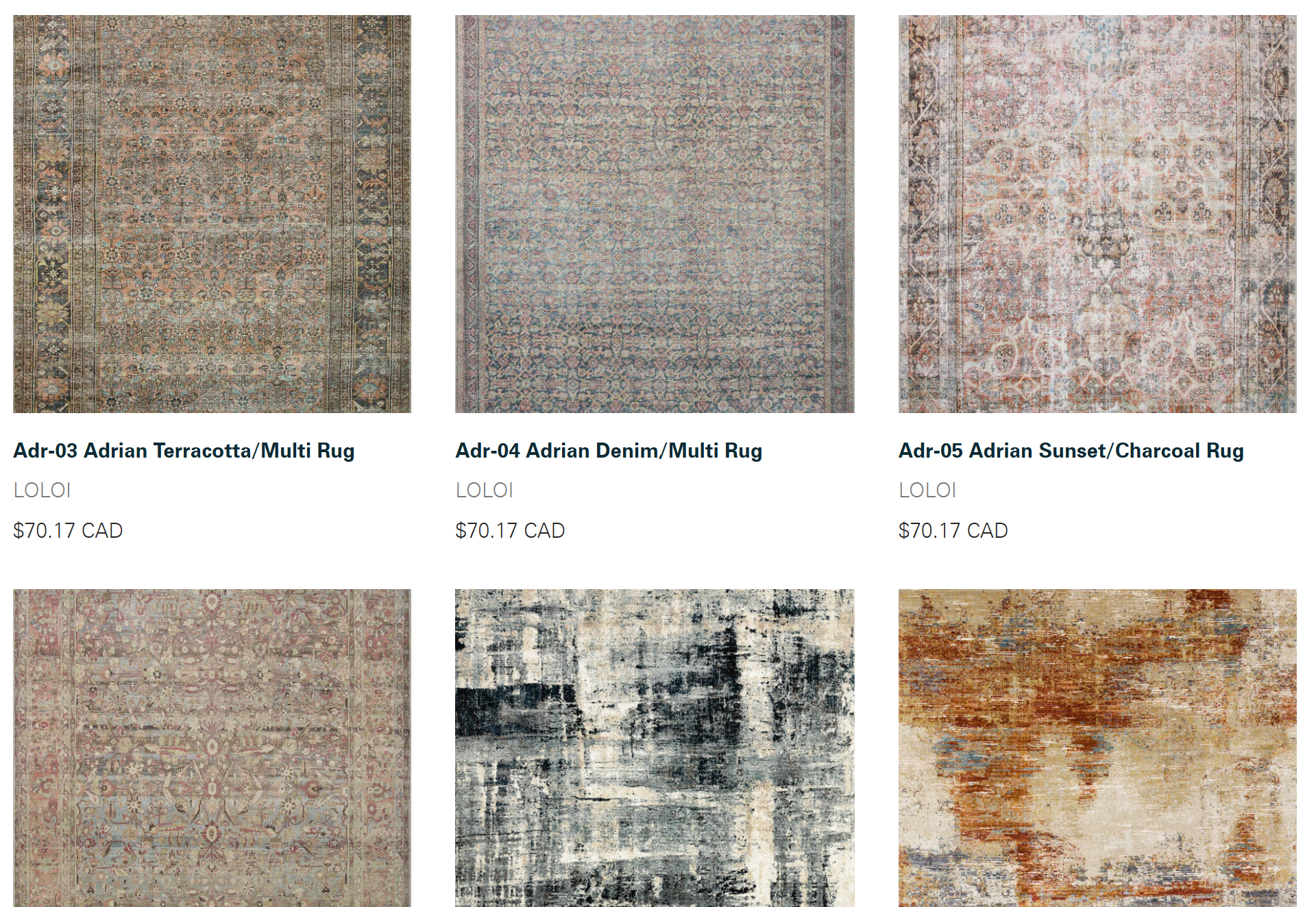
Different types of rugs. Photo courtesy: unionlightiing.com
For instance, layering a rug in a neutral palette under an opulent chandelier is akin to pairing a minimalist dress with bold jewelry—an interplay of subtlety and grandeur. This harmony reflects a curated approach to interior design, where each element contributes to the overall narrative of the space.
Bridging Fashion and Lifestyle
Fashion and interior design are ultimately about storytelling. They allow individuals to express their identity, whether through a bespoke outfit or a meticulously designed living space. Homeowners and designers alike now have the tools to create spaces that not only look exquisite but also feel deeply personal.
In today’s world, where home aesthetics are increasingly showcased on platforms like Instagram and Pinterest, having a well-lit and beautifully furnished interior has become as important as wearing the latest fashion trend. The synergy between lighting, textiles, and other design elements ensures that every corner of your home tells a story—your story.
You can write to us at fashionnovationfd@gmail.com
We read and publish your articles!
You may also like:
Crafting Iconic Designs: How Fashion Designers Can Harness the Power of Adobe Express
How Much Do Fashion Designers Make? Unveiling the Earnings of Creative Minds

